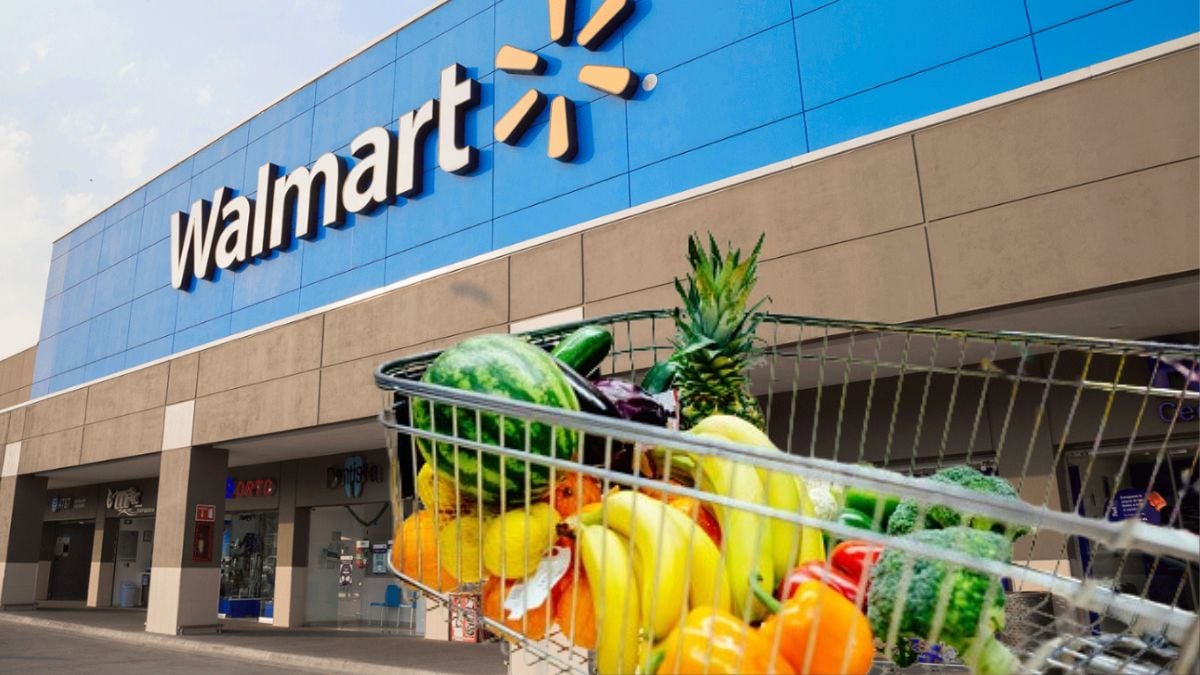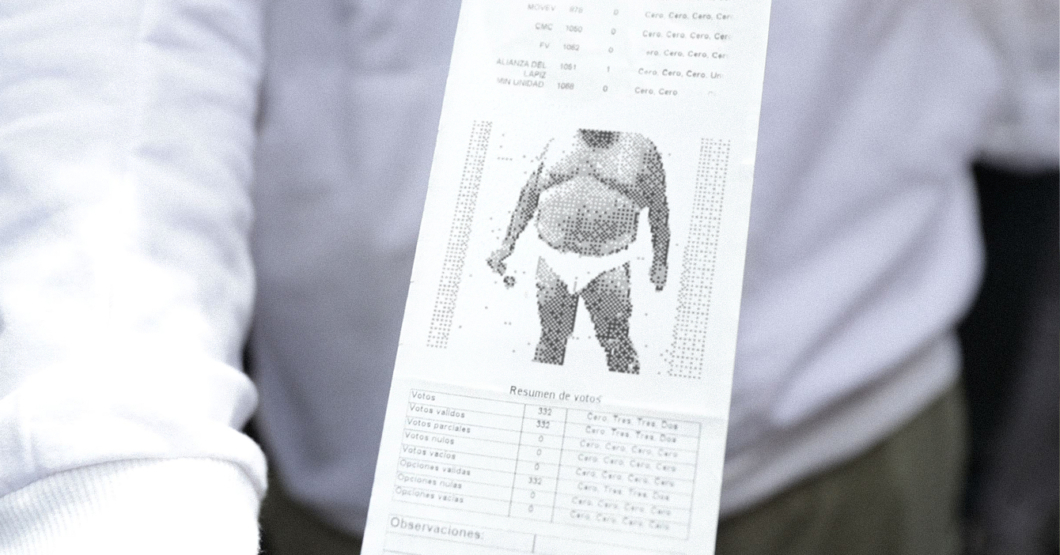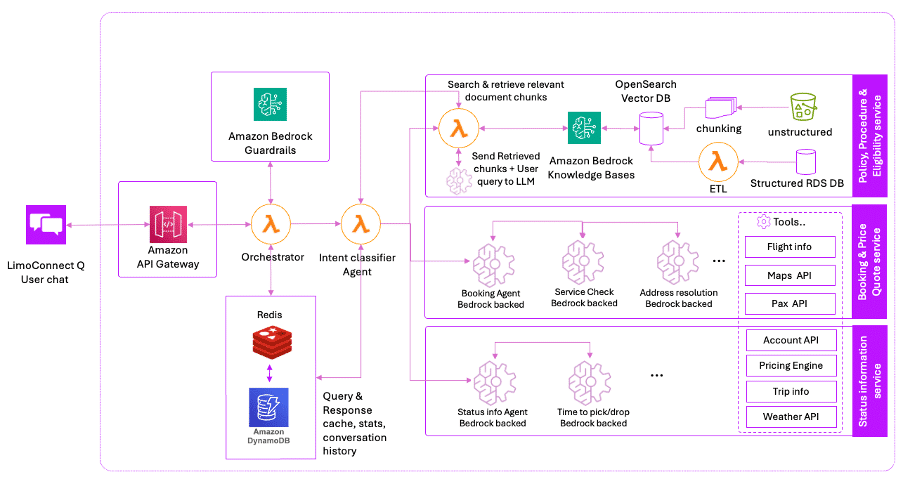Walmart to raise prices due to tariffs: what products will be affected?
Trump's tariffs will increase prices on some Walmart products, including electronics, toys, and some food items


Another store joins the list! Walmart has joined the ranks of companies that have decided to raise their prices due to the tariffs imposed by U.S. President Donald Trump. These tariffs particularly affect electronics, toys, and certain food products that are imported from various countries.
Walmart is one of the leading supermarket chains in the United States and Latin America, so the price increases will impact thousands of families who shop at these stores daily. Here’s everything we know about it.
READ ALSO Smalls Sliders is giving away free burgers TODAY! Here’s how to get yours
When will Walmart prices go up?
According to John David Rainey, Walmart’s CFO, the effects of Trump’s tariffs have not been fully felt yet, as sales grew in the last quarter, with customers taking advantage of deals in stores. However, some products have already begun to see price increases.
Since the tariffs came into effect, suppliers have increased the price of food items like bananas to 54 cents per pound, up from the previous 50 cents, forcing the chain to pass the cost on to consumers.
Which Walmart products will increase in price?
Doug McMillon, Walmart’s CEO, emphasized that, in addition to bananas, products like avocados, coffee, and roses have also gone up in price due to the U.S. tariffs on imports from Costa Rica, Peru, and Colombia. Other affected items include electronics and toys.
The executive stated that the company will do everything possible to keep prices low; however, given the high tariff rates, Walmart cannot absorb all the cost pressure, making price hikes inevitable.
Which products will increase in price in the United States?
When shopping at supermarkets, consumers are likely to see price increases on food items that are not produced, or produced in very limited quantities, in the United States, such as:
- Bananas: Almost all are imported from Guatemala, Costa Rica, Ecuador, Colombia, and other countries.
- Coffee: Only Hawaii and Puerto Rico grow coffee, so it is imported from countries like Brazil, Colombia, and Vietnam.
- Olive oil: Although some is produced in California, the vast majority consumed comes from European countries.
Products imported from Canada to the United States that will increase in price
- Lumber
- Coal
- Aluminum
- Iron and steel appliances
- Cereals, flours, and starches
- Dairy products
- Rubber
- Alcoholic beverages
- Carpets and other textile floor coverings
- Wool, animal hair, yarn, and horsehair
- Umbrellas
- Canes, seat sticks, whips
- Cotton
- Photographic or cinematic products
- Cork products
- Printed books
Products imported from Mexico to the United States that will increase in price
- Cereals
- Paper products
- Processed fruits and nuts
- Tropical fruits
- Tomatoes, onions, lettuce, and cabbage
- Pickled foods
- Fruit juices
- Fertilizers
- Dairy products
- Eggs
- Honey
- Cotton
- Beer and spirits
- Coffee, tea, mate, and spices
- Meat, fish, and seafood
- Sauces and condiments
- Baked goods
- Avocados
- Raw sugar
Products imported from China to the United States that will increase in price
- Fish and seafood
- Vegetable oils and fats
- Vegetables, fruits, and nuts
- Corn
- Soaps, lubricants, waxes, candles, modeling pastes
- Cereals, flours, starches, and wheat
- Dairy products
- Coffee, tea, and spices
- Sugar
- Cocoa
- Eggs
- Honey
- Vinegar
- Apple juice
- Garlic
READ ALSO Snakes and Ladders: What’s it about and who’s the cast of the new Netflix series?
What are tariffs?
Tariffs are taxes imposed on imported goods. These tariffs benefit locally made products by giving them a competitive price advantage over similar imported goods. They also serve as a source of revenue for governments.
Why did Trump impose tariffs?
President Donald Trump has stated that tariffs are a key part of his economic strategy, aiming to promote manufacturing in the United States, protect jobs, increase tax revenue, and stimulate economic growth.
Trump seeks to revitalize and rebuild the U.S. manufacturing industry, which has lost many jobs over the past 40 years, largely due to the offshoring of labor to lower-wage countries like Mexico or China. Additionally, the president believes that the U.S. faces a significant trade deficit and that other countries are taking advantage by selling their products to American consumers.









































































